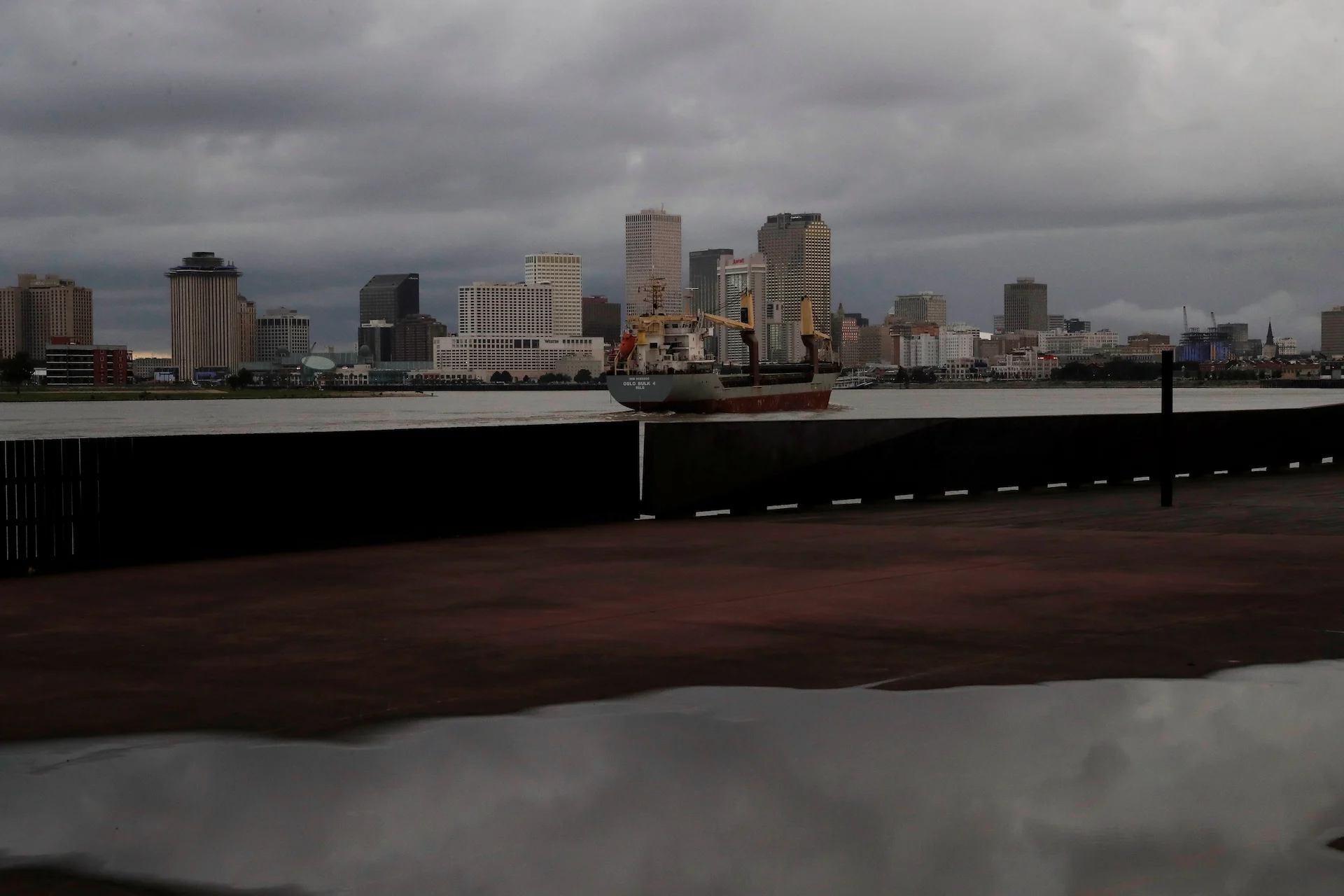
20 years after Katrina, hurricane risks to Gulf Coast rising, scientist warns
MUNICH (Reuters) - The Gulf Coast of the United States is increasingly vulnerable to hurricanes, a scientist has warned in a new study, 20 years after Katrina devastated New Orleans and hundreds of miles of coastline.
Mark Bove, a meteorologist with the German reinsurer Munich Re, warned in his review, seen by Reuters, that the risk of major hurricanes in the region making landfall is growing with time and the effectiveness of post-Katrina flood defense systems will fade.
SEE ALSO: The high-stakes factors that decide where a hurricane tracks
In August 2005, Katrina touched Florida and then intensified as it crossed the warm Gulf of Mexico, resulting in nearly 1,400 deaths and an inflation-adjusted $205 billion in damages to become the most destructive hurricane in U.S. history.

FILE PHOTO: The city of New Orleans skyline is seen as Saturday the 29th marks the 15th anniversary of Hurricane Katrina in New Orleans, Louisiana, U.S., August 28, 2020. REUTERS/Shannon Stapleton/File Photo
"The hurricane hazard is rising, and not only in the Gulf region. Katrina intensified rapidly over the Gulf of Mexico – and we see that much more often today than in 2005, probably because of the higher temperatures in the sea," Bove said in an interview with Reuters.
Bove said that a repeat of Katrina today would be costlier, not just because of inflation.
Rising sea levels and sinking land levels means that upgrades to New Orleans' flood defenses will erode with time.
(Reporting by Alexander Huebner; writing by Tom Sims; editing by Rachel More)
Thumbnail courtesy of REUTERS/Shannon Stapleton/File Photo.